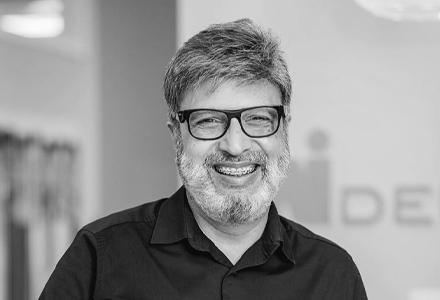The Evolution of Dental Diagnostics
Dentistry has come a long way from its humble beginnings. In the 18th century, Pierre Fauchard, often hailed as the “father of modern dentistry,” introduced systematic approaches to oral care. Back then, dental professionals had no X-rays, scanners or intraoral cameras. Diagnosis was limited to what the eye could see and the patient could describe. The invention of X-rays in 1895 was a turning point, allowing dentists to “see” beneath the surface and detect hidden problems like cavities and bone loss.
Over the years, technology has further transformed the field: lasers, digital radiography, 3D imaging and CAD/CAM systems have all made diagnostics more accurate and treatments more precise. Now, a new technology is stepping into the operatory: Artificial Intelligence (AI).
AI in Medicine: Setting the Stage
Before zooming in on dentistry, it is worth noting that AI has already carved out a significant role in medicine. From analyzing imaging scans for signs of cancer to predicting patient deterioration in intensive care units, AI is being used to support faster, more accurate and often earlier diagnosis. AI-driven models have been instrumental in dermatology, radiology, cardiology and even pandemic tracking. Its growing success in these fields is what is inspiring its adaptation in dentistry.
Understanding Dental Caries
Dental caries (tooth decay) remains one of the most common chronic diseases globally. It begins with the breakdown of enamel by acid-producing bacteria and if left untreated, can result in pain, infection or tooth loss. Detecting it early is key but not always easy. Some lesions hide between teeth or beneath the surface and even experienced dentists can occasionally miss the earliest signs.
The Role of AI in Caries Detection
Enter AI, specifically, deep learning algorithms such as convolutional neural networks (CNNs), which excel at analyzing image-based data. In dentistry, AI can be trained on thousands of dental photographs and X-rays to learn what early-stage decay looks like and flag it.
Recent research from the University of Toronto has shown that AI systems can detect caries from intraoral photographs with an impressive accuracy rate. These tools are not just limited to high-end imaging; even smartphone quality photos taken under the right conditions could become diagnostic aids. This is particularly valuable in public health and tele-dentistry, where access to specialists may be limited.
In essence, AI does not just “see” what a human eye sees, it finds patterns, subtle variations and statistical trends that might elude even trained clinicians.
Implications for Dental Professionals and Patients
The benefits of AI integration in dentistry are far reaching:
- More Accurate Diagnoses: AI can act as a second set of eyes, reducing the risk of missed or misdiagnosed caries.
- Time-Saving: Automated image analysis speeds up workflow, giving dentists more time for treatment planning and patient care.
- Better Access: Remote screenings using patient submitted images could help underserved populations receive preliminary assessments.
That said, AI is not here to replace your dentist, it is here to support them. Like a GPS in a car, AI can offer guidance but the dentist still holds the steering wheel.
Limitations and Ethical Considerations
As with any technology, there are some caveats:
- Data Quality Matters: AI is only as good as the images it is trained on. Poor-quality data can lead to false positives or missed diagnoses.
- Over-Reliance: There is a risk of clinicians leaning too heavily on AI, potentially overlooking clinical cues not visible in images.
- Privacy Concerns: As AI systems rely on large datasets, it is critical to safeguard patient information and maintain data ethics.
Moreover, without a solid foundation based on clinical examinations, AI assessments can sometimes result in overtreatment, especially if early lesions are misinterpreted as progressive decay.
The Future is Bright — and Smart
AI in dentistry is still in its early stages but its potential is enormous. Imagine using a photo from your phone to get a preliminary dental screening or having your dental records analyzed over time to predict future risk of decay.
As Canada rolls out the federal Dental Care Plan, the opportunity to gather anonymized clinical and photographic data on a national scale could help accelerate AI development and bring cutting-edge diagnostics to more patients than ever before.
In Closing
AI is not the future, it is already here. In medicine, it has helped doctors read X-rays, detect cancer and even perform surgeries with robotic assistance. In dentistry, it is just getting started. The promise is clear: smarter diagnostics, earlier detection and better outcomes for patients.
So the next time you say “cheese” at the dental office, know that your smile might not only be seen by your dentist but also by an intelligent system working quietly in the background to keep you healthy.
This article is for general education only and does not replace personalized dental advice. Always consult your dentist for individual assessment and care.

